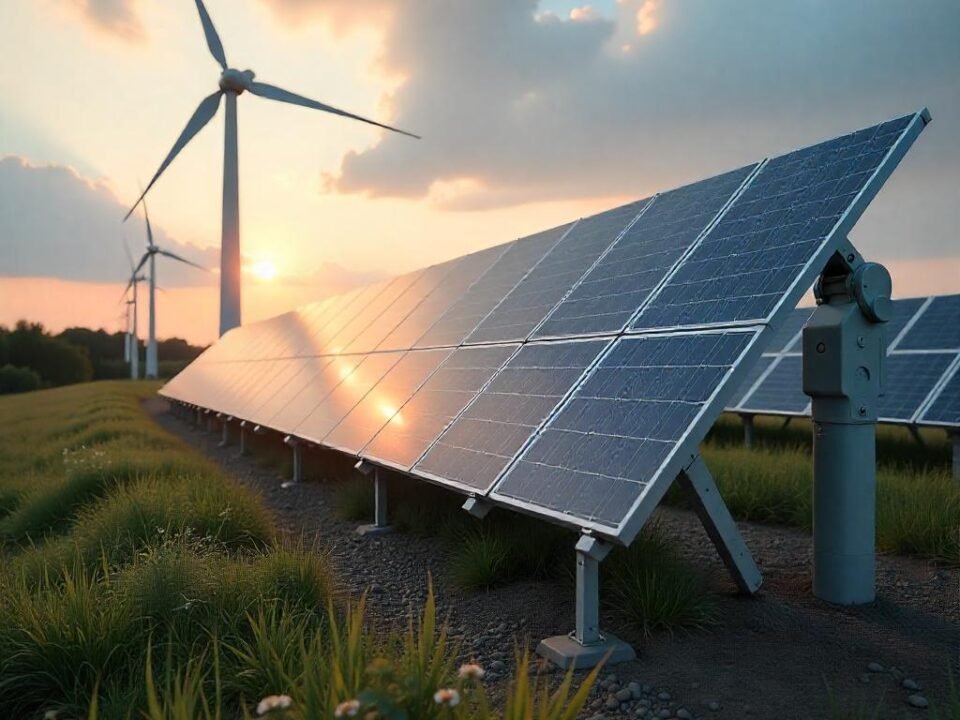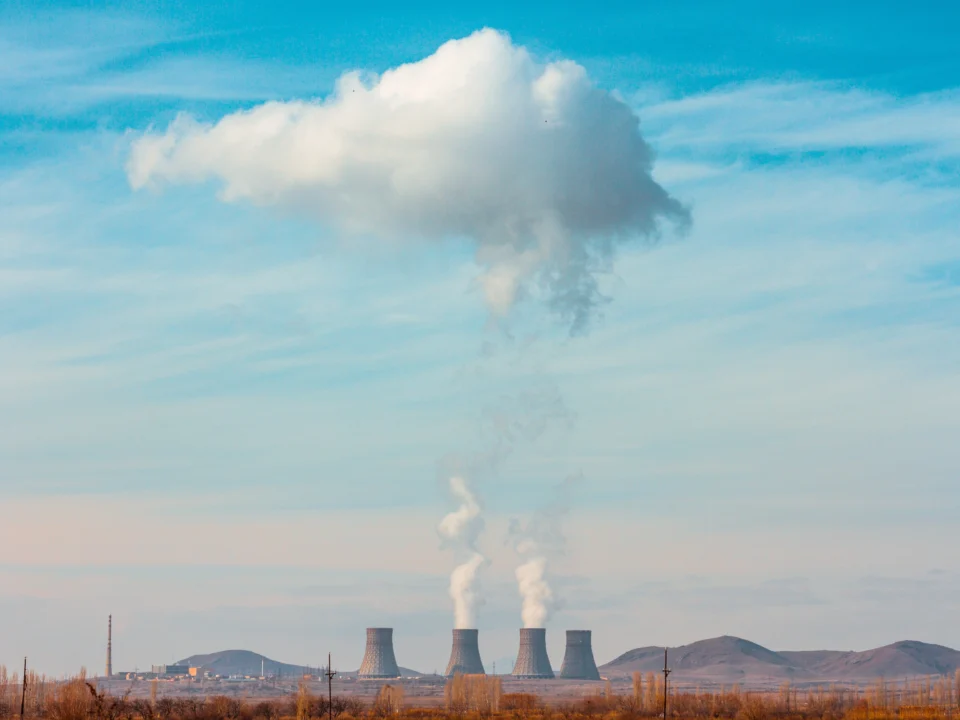The Difference between Wind, Solar and Other Types of Renewable Energy
‘Go green, go clean’ is the new mantra of the 21st century! Non-renewable fossil fuels are becoming passé as sources of energy! Instead, renewable sources of energy are acquiring more significant popularity across the globe. Sources, such as wind, sun, water, etc., are free and inexhaustible. They serve the purpose of reducing carbon emissions very well!
Wind Energy
It is the cleanest and most affordable technology across the globe. All that is required is a tall tower, which stretches anywhere between 50 and 120 feet. A wind turbine sits on it, giving the appearance of a vast airplane propeller. The taller the turbine, the higher the wind power that it can harvest. Whenever there is a strong wind, the turbine begins to whirl. In turn, it helps to rotate a shaft behind it. This is the rotor, which connects to a generator. This generator is responsible for converting wind energy into electric energy. Transmission lines, attached to the windmill, carry this electricity to residences, offices, etc.
Open lands, such as farms, coastal areas, etc., are vast for bringing wind power into play. It proves to be cost-effective, too, for it barely costs anything to produce wind energy.
Solar Energy
It is wonderfully suitable for usage in residences. Large PV (photovoltaic) solar panels go onto a roof. Every panel comprises of cells. These cells contain silicon semi-conductors. They are the collectors of the sun’s energy. They aid in creating a direct flow of electric current. When the direct current (DC) goes through an inverter, it changes to alternating current (AC). Thus, the entire house receives sufficient electric power for performing various activities.
A solar farm displays acres of shiny, black, solar panels. Every panel stands on a rack and contains photovoltaic cells. The semi-conductors in the cells are responsible for generating electricity. Then again, there is solar thermal. Here, the sunlight falls onto mirrors. Its energy suffices to heat water and produces steam. This steam works on a turbine in order to generate electricity.
Since the solar system placed on a rooftop is suitable for distributed generation, the electric grid is highly resilient and diverse. Similarly, the solar panels are easy to maintain too. Finally, the solar panels function during all seasons.
Water Energy
We refer to it as hydroelectric power. In this case, the water stored in dams comes into play. This stored water in the reservoir is a potential energy. As the water flows down the dam, potential energy converts into kinetic or mechanical energy. The flowing water has the power to turn large turbines. As the turbines turn, they generate electricity. However, there is no emission of greenhouse gases.
Now, hydroelectric power poses specific challenges. For instance, there is a negative effect on the ecosystems of rivers. Then again, there is a collection of decomposing biomass in dam-flooded areas. This biomass becomes responsible for emitting carbon into the atmosphere. Therefore, paradoxically, hydroelectric power can become a contributor to changes in climate.
Biomass Energy
Biomass refers to plant materials and animal wastes that we can use as fuels. In other words, we use organic matter as a source of renewable energy. There are diverse forms of organic matter. For instance, sawdust, logs, bark, and chips constitute wood and agricultural products. They are the most popular sources of biomass energy.
Similarly, recycled grease, vegetable oils, and animal fats suffice to create biodiesel. It takes the place of pollution-causing diesel oil in the engines of ships, cars, trucks, etc.
Bio-ethanol refers to the fermentation of plants. This process gives rise to biofuel with an alcohol base. This fuel is suitable for high-performing vehicles.
Even the rubbish that comes out of households every day is useful. Around a ton of solid wastes creates as much of biomass energy as 500 pounds of coal does.
Finally, there are biogas and landfill gas. The sources of energy are agriculture wastes and sewage. When they go into digesters with high temperatures, they begin to rot even more rapidly and produce gas. This gas comes into play as fuel.
Geothermal Energy
Since the center of the earth is tremendously hot, it proves to be an extremely sustainable source of renewable energy. However, only some parts of the world can offer heat sources close to the ground. Furthermore, deep digging can result in sending harmful gases into the atmosphere. It can also lead to earthquakes. Above all, the production of geothermal energy is expensive.
Apart from the above, experts are also experimenting with ocean waves, burning of hydrogen molecules, etc.



